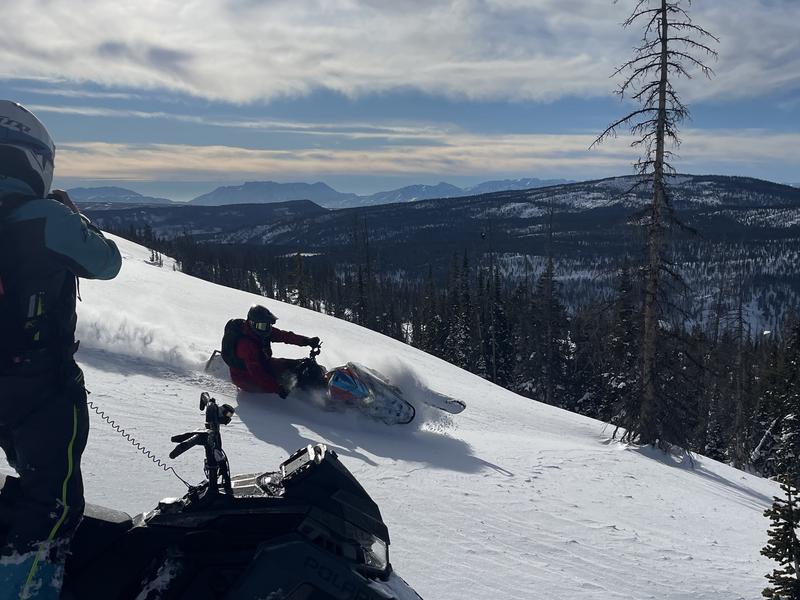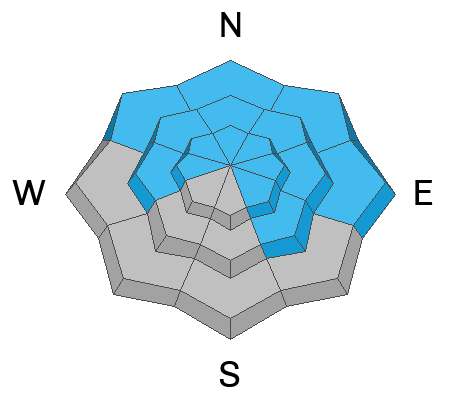Forecast for the Uintas Area Mountains

Issued by Mark Staples on
Sunday morning, February 18, 2024
Sunday morning, February 18, 2024
The snowpack is deep with incredible riding conditions, but the avalanche situation is complex.
- Winds from a variety of directions plus more snow and more wind today will make slabs of wind drifted snow the main concern.
- Several weak layers can be found under new snow that has falling since the start of February and can also cause a slab avalanche.
- Lastly, an unlikely scenario but one with severe consequences would be a large, hard slab avalanches breaking on old weak layers near the ground
For these reasons, the avalanche danger is CONSIDERABLE above treeline where human triggered slides are likely. Near treeline the danger is MODERATE as well as below treeline on northerly and east facing slopes. A LOW danger exists on slopes below treeline facing south and west.
Tons of people have been out riding safely and avoiding avalanches. The Uintas are loaded with slopes less than 30 degrees in steepness that aren't steep enough to slide and are always a great option. With the complexity in the snowpack right now, riding these low angle slopes is my main strategy to avoid avalanches.

Low
Moderate
Considerable
High
Extreme
Learn how to read the forecast here










